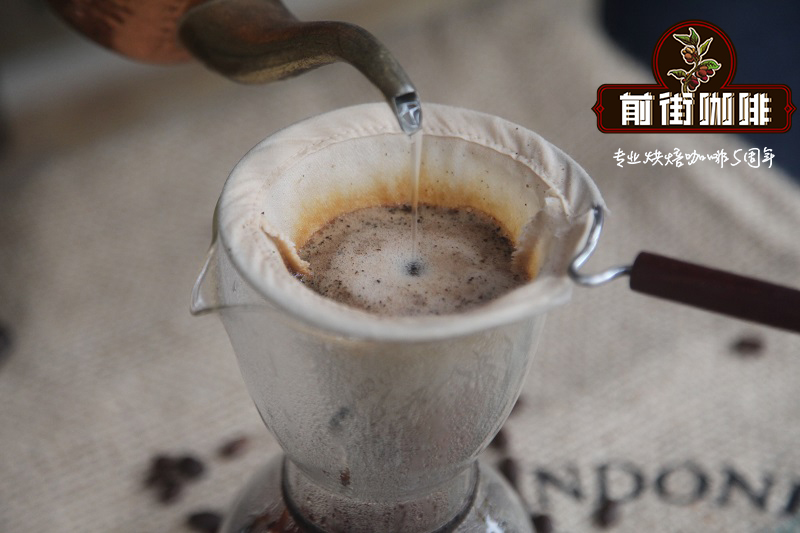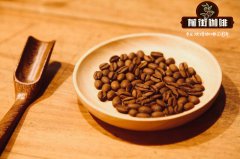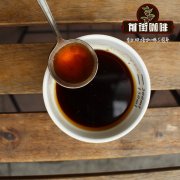Description of the flavor and taste of Kaddura washed in the Chiapas Plateau of Mexico? Planting environment and history?

Professional coffee knowledge exchange more coffee bean information please follow the coffee workshop (Wechat official account cafe_style)
Description of the flavor and taste of Kaddura washed in the Chiapas Plateau of Mexico? Planting environment and history?
Guojia: Mexico
Producing area: Chiapas Plateau
Grading: Altura
Producer: OPCAAC Organic small Farmers production Organization
Treatment: traditional washing
Variety: Kaddura (Caturra)
Sea pull: 900m to 1100 m
Harvest time: October of each year to March of the following year
Mexico is one of the largest producers of organic certified coffee, mostly sold to the United States because of geographical factors. The country's coffee industry, which began in the 19th century and was introduced through Jamaica, is mainly planted with Arabica varieties, near Soconusco, which borders Guatemala on the Pacific coast. In the early 1990s, the southern state of Chiapas became the most important coffee-producing region in Mexico, producing about 275000 tons of coffee a year, accounting for 45 per cent of the country's production. More than 2 million of Mexicans depend on coffee for a living, and 75 per cent of Mexican coffee farmers work on less than two hectares of land. These small farmers produce about 30 per cent of the country's coffee each year, while the rest are produced by large or high-capacity farms. Since 1988, especially in Chiapas, the government has increased income by providing simple loans to farmers and encouraging the development of woodland to encourage poor coffee farmers to increase their yields and expand their planting areas.
Chiapas is located on the plateau at the southern tip of Mexico bordering Guatemala. In 1991, the Mexican National Institute conducted a study on the protection of the rights of local indigenous peoples and enhanced the protection of indigenous residents through the formulation of product trade regulations. under such purposes and conditions, cooperative organizations in various districts are springing up like bamboo shoots after a spring rain. OPCAAC, whose full name is Organizaci ó n de Productores de Caf é de Á ngel Albino Corzo, is an organic smallholder production organization in Chiapas. OPCAAC, founded in 1995, constructs a farm management system, emphasizes the open and transparent independent production and marketing information of coffee farmers, and sets standards to avoid over-exploitation of land. The organization provides its members with assistance in micro-loans, technical training, social activities, etc., and continues to pay attention to the development of organic agriculture and ecological protection. OPCAAC aims to create the value of the local coffee industry and improve the quality of life of local farmers through fair trade and eco-friendly agricultural production. OPCAAC members use environmentally friendly farming methods to reclaim land, establish sustainable economic and social management and improve the quality of their products through the development of regional organizations.
Flavor description: nuts, low acidity, spice cream, cool herbs, smooth and mild taste
Important Notice :
前街咖啡 FrontStreet Coffee has moved to new addredd:
FrontStreet Coffee Address: 315,Donghua East Road,GuangZhou
Tel:020 38364473
- Prev

Characteristics of Columbia Coffee treated with Geisha Honey in Yunwu Manor, Colombia
Professional coffee knowledge exchange more coffee bean information please follow Coffee Workshop (Wechat official account cafe_style) Manor / Las Nubes Cloud Manor producer / Camilo Merizalde variety Variety/Geisha production area / Cauca Cauca treatment / Honey Honey treatment planting altitude / 1750-2000 meters 2010, Holguin Family and CamiloMerizald
- Next

Coffee honey treatment process honey treatment coffee flavor Costa Rican honey treatment coffee bean characteristic story
Professional coffee knowledge exchange more coffee bean information please follow the coffee workshop (Wechat official account cafe_style) Costa Rica is one of the familiar coffee producing areas, you must also often see beans like XX manor / processing plant honey treatment in Costa Rica. Speaking of which, someone may raise his hand and say, "I know!" Honey treatment is the beans treated with honey!
Related
- Detailed explanation of Jadeite planting Land in Panamanian Jadeite Manor introduction to the grading system of Jadeite competitive bidding, Red bid, Green bid and Rose Summer
- Story of Coffee planting in Brenka region of Costa Rica Stonehenge Manor anaerobic heavy honey treatment of flavor mouth
- What's on the barrel of Blue Mountain Coffee beans?
- Can American coffee also pull flowers? How to use hot American style to pull out a good-looking pattern?
- Can you make a cold extract with coffee beans? What is the right proportion for cold-extracted coffee formula?
- Indonesian PWN Gold Mandrine Coffee Origin Features Flavor How to Chong? Mandolin coffee is American.
- A brief introduction to the flavor characteristics of Brazilian yellow bourbon coffee beans
- What is the effect of different water quality on the flavor of cold-extracted coffee? What kind of water is best for brewing coffee?
- Why do you think of Rose Summer whenever you mention Panamanian coffee?
- Introduction to the characteristics of authentic blue mountain coffee bean producing areas? What is the CIB Coffee Authority in Jamaica?

